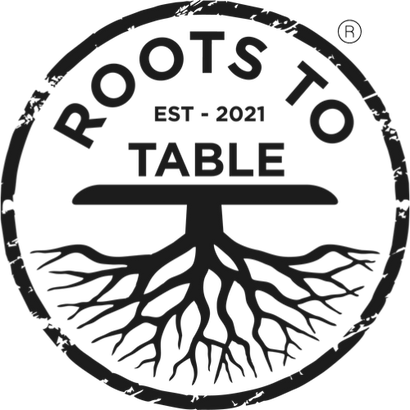Add description, images, menus and links to your mega menu
A column with no settings can be used as a spacer
Link to your collections, sales and even external links
Add up to five columns
Add description, images, menus and links to your mega menu
A column with no settings can be used as a spacer
Link to your collections, sales and even external links
Add up to five columns

St. Patrick’s Day Fun Facts—And Why It’s the Perfect Excuse to Host a Feast
When you think of St. Patrick’s Day, you probably picture parades, shamrocks, and maybe even a festive green beer.
But did you know that St. Patrick’s Day was originally a solemn religious holiday—and a much-needed break from fasting?
One of the most interesting St. Patrick’s Day fun facts is that for centuries, March 17th fell right in the middle of Lent, the 40-day period of fasting and sacrifice leading up to Easter.
In Ireland, where St. Patrick’s Day honors the country’s patron saint, it was considered a holy day of obligation, meaning people attended church and observed religious traditions.
But here’s the twist...

The day was also seen as a temporary reprieve from Lenten restrictions, allowing people to indulge in hearty meals, rich foods, and even a celebratory drink. That’s why feasting became such a central part of the holiday!
This little-known fact makes St. Patrick’s Day the perfect excuse to gather your loved ones for a festive meal. Whether it’s a cozy dinner with family or a lively charcuterie-style celebration with friends, embracing the spirit of an indulgent break is something we can all appreciate. After all, life is about balance—work and play, tradition and fun, everyday meals and special moments shared around the table.
Bring the Feast to Life
If you’re planning a gathering, think beyond the usual corned beef and cabbage. A St. Patrick’s Day charcuterie board can be a beautiful and delicious way to celebrate. Mix in Irish cheeses like Dubliner and aged cheddar, add some soda bread crisps, and include green elements like grapes, cucumbers, or pistachios for a festive touch. Pair it with an Irish stout or a classic whiskey cocktail, and you’ve got yourself a holiday-worthy spread that your guests will love.
Another St. Patrick’s Day Fun Fact
We Made These Irish Charcuterie Board Recipes Just For You!
More Fun Facts About St. Patrick’s Day...
-
St. Patrick Wasn’t Irish – Though he’s Ireland’s patron saint, St. Patrick was actually born in Roman Britain and brought to Ireland as a slave before eventually becoming a missionary.
-
The Color Was Originally Blue – While green is now the signature color of St. Patrick’s Day, early depictions of St. Patrick used blue, and Ireland’s historical color was also blue.
-
Why the Shamrock? – Legend says St. Patrick used the shamrock to explain the concept of the Holy Trinity (Father, Son, and Holy Spirit) to the Irish.
-
Chicago Dyes Its River Green – Since 1962, the city of Chicago has dyed its river bright green every year to celebrate St. Patrick’s Day, using an environmentally friendly vegetable-based dye.
-
Corned Beef Isn’t an Irish Tradition – In Ireland, people traditionally ate bacon and cabbage. Corned beef became popular among Irish immigrants in the U.S. as a more affordable alternative.
-
St. Patrick’s Day Used to Be a Dry Holiday – Until the 1970s, pubs in Ireland were closed on St. Patrick’s Day because it was considered a strictly religious occasion. The shift to celebrations with beer and whiskey came later.
This St. Patrick’s Day, embrace the tradition of feasting. Whether you go all out or keep it simple, what matters most is gathering with those you love and savoring the moment. Sláinte!





